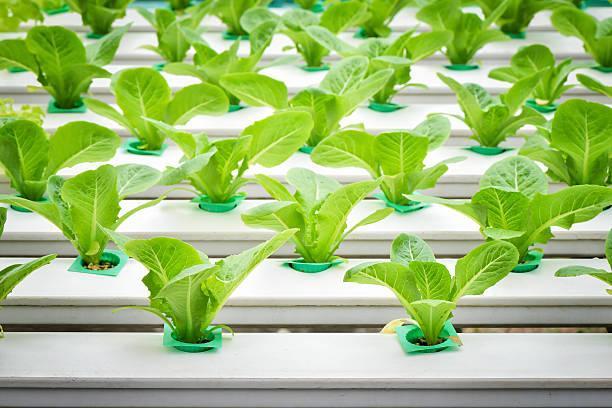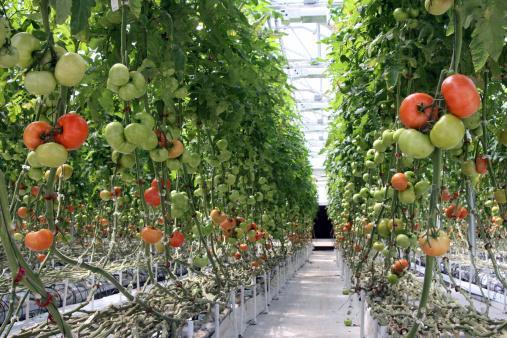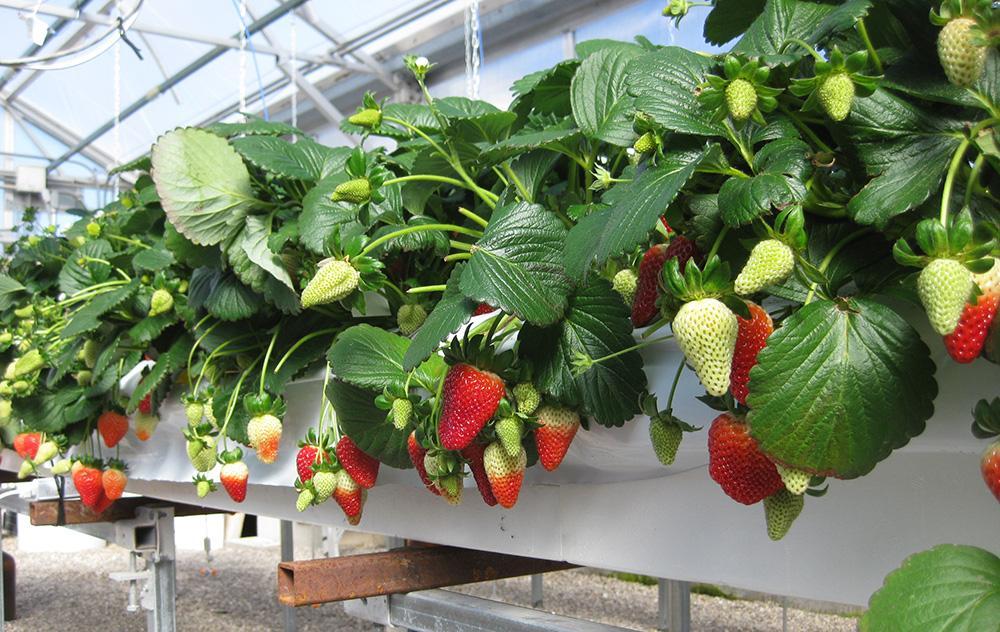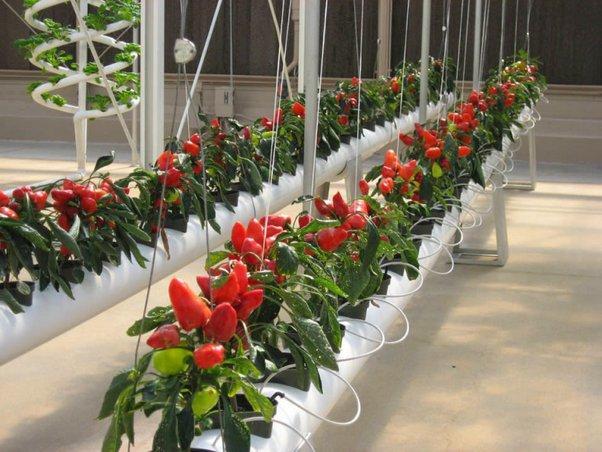Tank-Farming Plants: A Complete Guide for Beginners
Tank-farming plants will be plants that are filled in a totally water-based arrangement rather than soil. This arrangement is sustenance rich and gives every one of the components that are fundamental for plant development To moor the roots different inactive mediums are utilized like coconut coir, rock fleece, and perlite.
Tank-farming plants are additionally commonly less inclined to establish illnesses than generally developed plants
Tank-farming plants get oxygen from pneumatic machines or through aeroponic frameworks that give the nourishment rich answer for the roots You can develop basically any plant in aquaculture frameworks yet for that, you want to have total data about this framework. That is the reason we welcome this total aid on aquaculture plants and frameworks
How many Tank-Farming systems are there?
There are two classifications of aquaculture frameworks - arrangement and total societies In the arrangement frameworks, the plants fill straightforwardly in the supplement filled arrangement. What's more, in the total framework, a medium is utilized, for example, stones or rock to offer help to weighty plants
Understanding what plant you need to fill in your tank-farming framework can assist you with picking the right sort of situation. What's more, the accessibility of the room additionally assumes a significant part in concluding the kind of framework you need to utilize
What plants can you grow in these systems?
Many varieties of plants can be grown in tank-farming systems including herbs, edible plants, and flowers. Some famous hydroponic plants that can be grown easily are:
Basil (Ocimum basilicum)
Basil is an aromatic herbal plant that can be grown hydroponically. Start by planting the seed in the system using a medium like coconut coir or perlite Basil needs at least 11 hours of lightning to grow optimally Set the temperature between 21-27 degrees Celsius and maintain a pH level of 5.5 to 6.5. Once established, prune the top leaves regularly to promote fresh growth.

Lettuce (Lactuca sativa)
Lettuce is an exceptionally well known decision as a tank-farming plant because of its high return and quick development. This plant flourishes in a tank-farming climate. Lettuce requires 12-14 hours of light everyday Keep a pH level of 5 5 to 6 5 and set the temperature between 18 to 24 degrees Celsius. Gather the external leaves consistently on a case by case basis to guarantee new internal development Other than that, plant care of lettuce is simple

Tomatoes (Solanum lycopersicum)
Tomatoes fill well in aquaculture frameworks and deal with extraordinary taste and yield. Many sorts of tomatoes including cherries are developed as aqua-farming plants Tomatoes require a huge framework to help their level and weight Keep up with the pH level of the arrangement somewhere in the range of 5.8 and 6.8. Tomatoes need something like 12 hours of focused energy release (Stowed away) lights Set the temperature between 21 to 24 degrees Celsius during the day and somewhat cooler during the evening. Prune the plant consistently and offer help to new plants

Strawberries (Fragaria x ananassa)
Strawberries produce delicious and juicy fruits These fruits are one of the most in commercial hydroponic growth. Use a vertical hydroponic system to grow strawberries. Maintain a pH level between 5.5 to 6.5. Strawberries need 10 to 12 hours of light daily and set the solution temperature between 18-24 degrees Celsius during the day and a bit cooler at night Since they are grown in this system you need to pollinate these plants manually by gently shaking the flowers or brushing them

Peppers
These tank-farming plants incorporate green pepper, red peppers, and bean stew peppers Peppers have similar developing necessities as tomatoes Keep a pH level between 5 8 to 6 5 Give an everyday light of something like 12-14 hours. Set a temperature range between 21 to 27 degrees Celsius during the day and somewhat cooler around evening time Collect peppers when they get the desired variety and size.

Conclusion
These were some-tank farming systems and plants that can be grown in these systems The plant care and identification of these plants is easy and most of these plants are low maintenance and less prone to plant diseases. But one should keep an eye on the plant health in such systems and make sure that they are following the right steps for optimal plant growth
For beginners understanding the hydroponic system can be tough for that you can check out the Plantora-Free Plant identifier app This app can help you with plant care and provide additional features such as a care guide, personalized reminders, and more.
